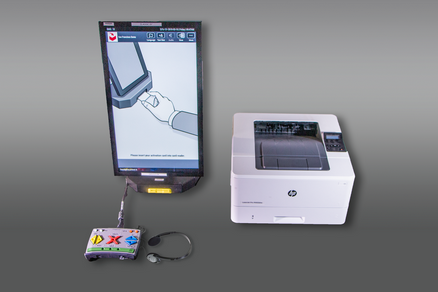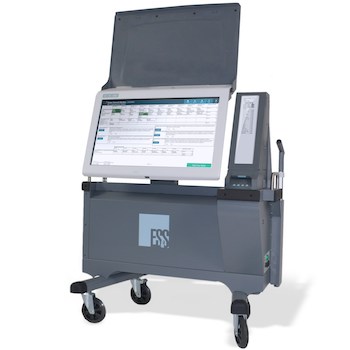
It is to obey this principle that we should separate ballot marking devices from ballot scanning/tabulation devices (better known as “optical scanners”). In fact, almost all DRE+VVPATs can do this: after the voter inspects the ballot, print VOID on that ballot (hope the voter doesn’t notice), and then print a new one after the voter leaves the booth.

The ExpressVote, IC-Evolution, and ICX all violate the principle in slightly different ways: The IC-Evolution one machine allows hand-marked paper ballots to be inserted (but then can make more marks), the ExpressVote in one configuration is a ballot-marking device (but after you verify that it marked your ballot, you insert it back into the same slot that can print more votes on the ballot), and IC-X configured as DRE+VVPAT can also print onto the ballot after the voter inspects it. The voter marks a paper ballot with a pen or BMD, then after inspecting the paper ballot, the voter inserts the ballot into an optical-scan vote counter that is not physically capable of printing votes onto the ballot.

The best way to implement this principle is to physically separate the ballot-marking device from the scanning-and-tabulating device.Any voting machine whose physical hardware can print votes onto the ballot after the last time the voter sees the paper, is not a voter verified paper ballot system, and is not acceptable.There’s something they all have in common: they all violate a certain principle of voter verifiability.

In my last three articles I described the ES&S ExpressVote, the Dominion ImageCast Evolution, and the Dominion ImageCast X (in its DRE+VVPAT configuration). This article was originally posted at Freedom to Tinker on October 22, 2018.


 0 kommentar(er)
0 kommentar(er)
